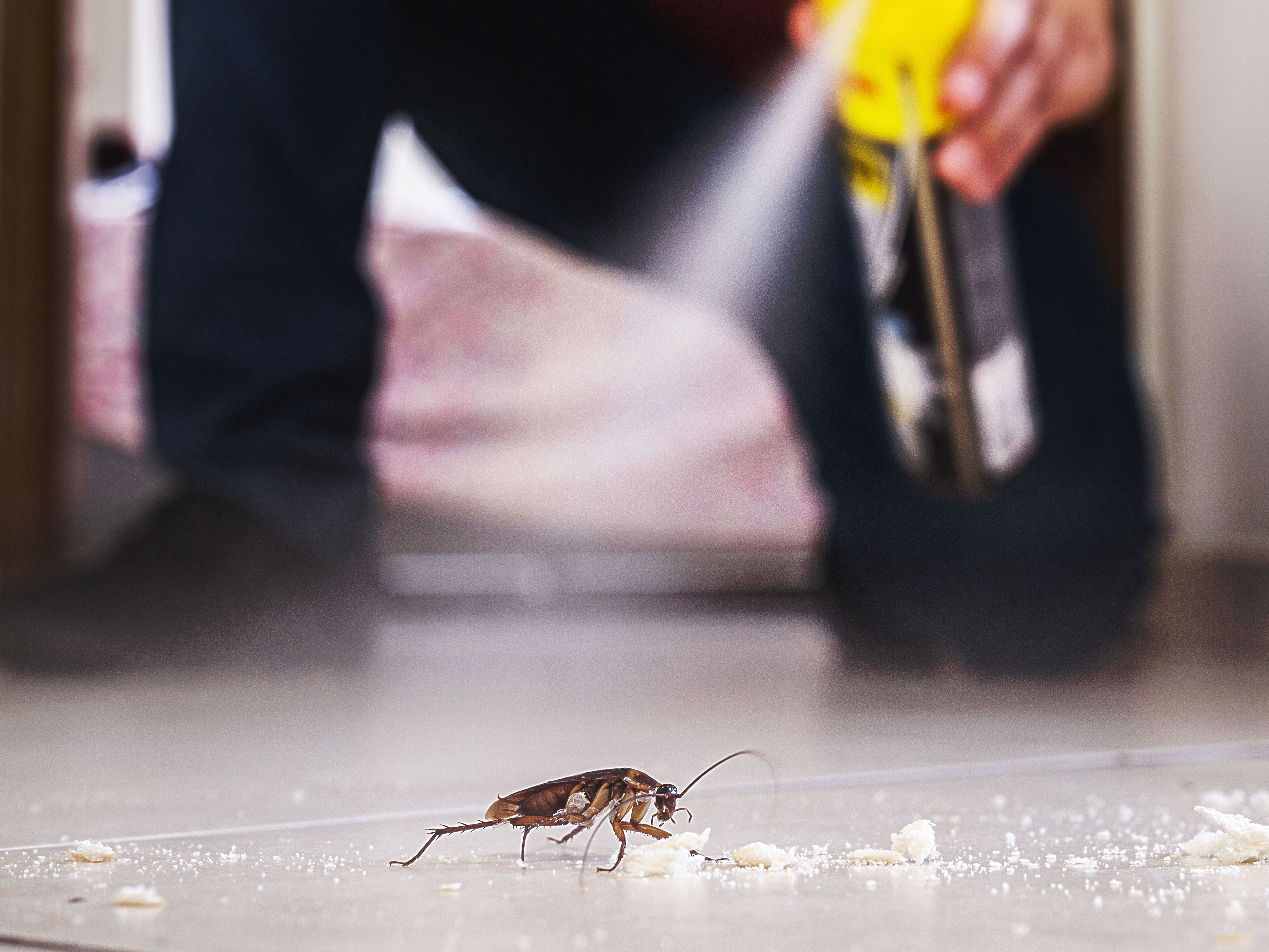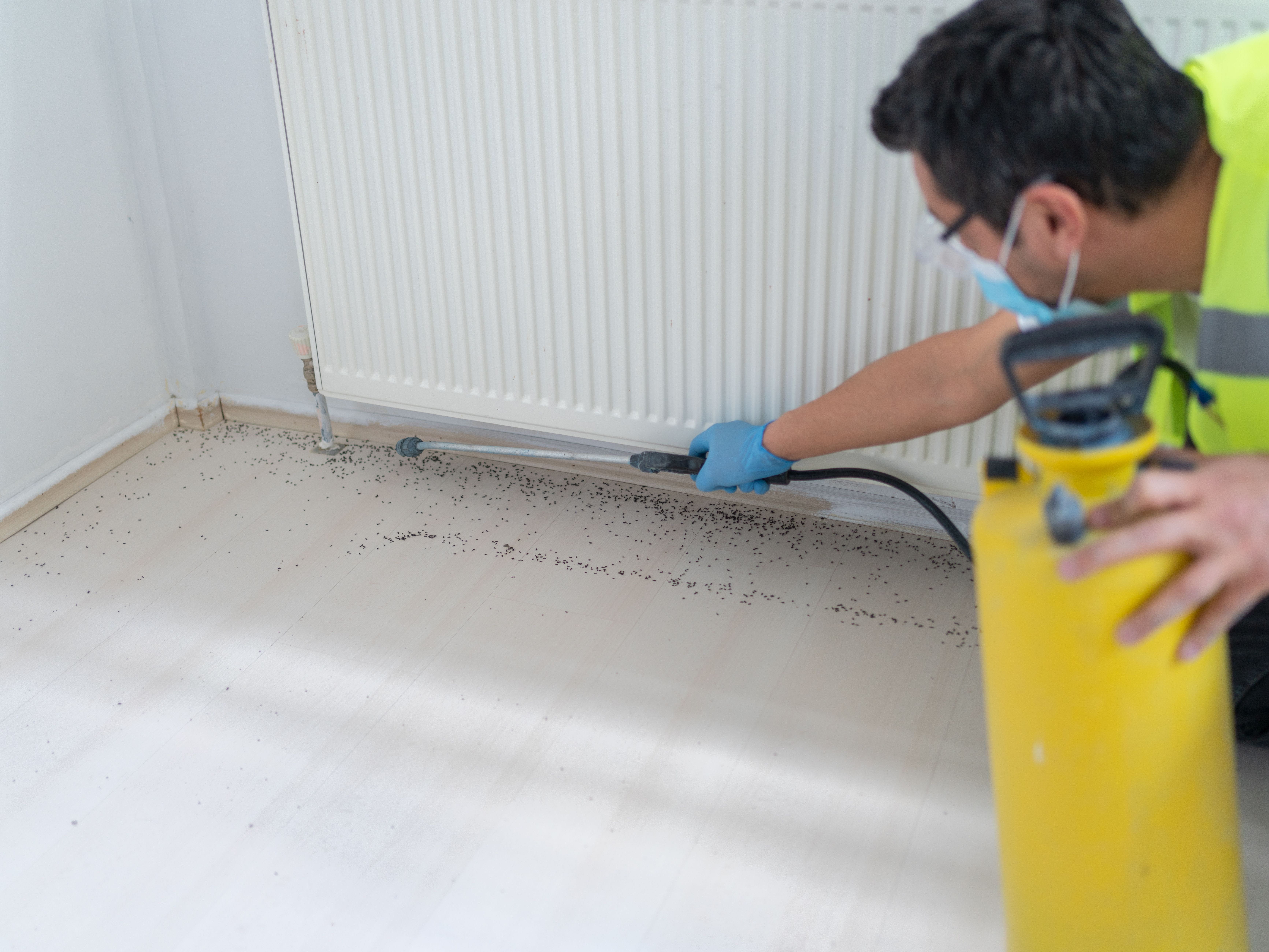The Facts on Pyrethroid Poisonings

The Bottom Line
Pyrethroids are insecticides that act on the nervous system to paralyze and kill insects. They are less toxic to humans than to insects. Mucous membrane, skin, or eye irritation are the most common adverse effects. Often symptoms are due to an allergic reaction, especially after inhalation. Asthmatics are more likely to experience wheezing and other respiratory symptoms.

What are pyrethroids? How do they work?
Pyrethroids are a form of insecticide. They are synthetic compounds, similar to naturally occurring pyrethrin insecticides derived from the flowers of the chrysanthemum plant. However, they persist in the environment longer and are more toxic than pyrethrins. There many pyrethroids, with permethrin being the most widely used. They are used to kill ants, fleas, flies, mosquitoes, and other insects. Pyrethrins and pyrethroids disrupt the insect’s nervous systems by interfering with nerve axons and prolonging sodium influx, resulting in paralysis and death.Are pyrethroids different than insecticides?
No, pyrethroids are a type of insecticide. Some pyrethroid formulations contain piperonyl butoxide, which is not an insecticide but enhances the pyrethroid’s activity.
Are pyrethroids toxic in humans?
Pyrethroids are much less toxic to humans than to insects because they do not bind as well to human sodium channels in the nervous system. Inhalation, contact with skin, or swallowing pyrethroids are ways pyrethroids can enter the body. However, they are not very well absorbed from the digestive tract or through the skin. Therefore, pyrethroids are considered less toxic than some other insecticides. They can cause irritation and allergic reactions, while high levels can cause more serious symptoms. Some spray formulations contain volatile hydrocarbon solvents or pressurized propellants which can also cause toxicity, especially if inhaled.
Is it safe to use pyrethroids indoors?
Yes, pyrethrins and pyrethroids can be used indoors. They can be applied as sprays and aerosol bombs. They are also found in insect repellants, pet shampoos, and lice treatments.Symptoms of pyrethroid poisoning
Mucous membrane, skin, and eye irritation are the most common adverse effects associated with pyrethroid poisoning. If a person is exposed to a large amount of pyrethroid, they can develop nausea, vomiting, diarrhea, headache, dizziness, tingling, numbness, a “pins and needles” feeling, and muscle twitching. More serious effects, especially if large amounts are swallowed, include seizures, coma, and respiratory arrest. Inhalation can cause headaches, dizziness, runny nose, sneezing and itching.Contact with the skin can cause irritation, burning, redness, and tingling. In the eyes, pyrethroids can cause irritation, burning, itching, and corneal damage. Symptoms are most often due to an allergic reaction. If you are allergic to pyrethroids, you may develop a cough, shortness of breath, wheezing, difficulty breathing due to spasms of the upper airway, swelling in the mouth and throat, pneumonia, and possibly shock. People with asthma are more likely to experience wheezing and other respiratory symptoms after inhaling pyrethroids.
What to do if you inhale or come into contact with pyrethroids
If you inhale pyrethroids, you should leave the area immediately and seek fresh air to breathe. Open windows and air out the room. If you get pyrethroid insecticide on your skin, wash with soap and water. If you get a pyrethroid in the eye, rinse the eye with water for 15 minutes. If someone swallows a pyrethroid, gets pyrethroid in the eyes or on the skin, or inhales a pyrethroid, or if you have a question about using pyrethroids safely, help from experts is available through the webPOISONCONTROL online tool and by phone at 1-800-222-1222. Poison Control’s expert guidance is always free, confidential, and available 24 hours a day.Clinical Toxicologist
Poison Control Media Information
Did you find this page helpful? If so, we need your support. Poison Control is in constant competition with misinformation online. Links to www.poison.org or our webPOISONCONTROL triage tool from other websites and blogs help internet searchers quickly find accurate information and Poison Control’s contact information in an emergency. If you use the content from this page, please provide attribution via a link back to this page, www.poison.org, or https://triage.webpoisoncontrol.org/#!/exclusions. By doing so, you could save a life. Thank you!
Poisoned?
Call 1-800-222-1222 or
Prevention Tips
- Keep pyrethroids up, away, and out of sight of children and pets.
- Read the label carefully and follow the instructions.
- Only use products for those insects that are indicated on the label.
- Use only the amount directed by the label.
- Follow the label instructions for pet shampoos and lice treatments.
- Wear gloves if the package instructions state to do so.
- If pyrethroids are sprayed in the home, open windows to help disperse the pyrethroid.
- If you using a fogger, follow directions regarding size of the space the fogger is meant to treat.
- If pyrethroids are being sprayed outdoors (such as for mosquito control), stay indoors during spraying and for 30 minutes afterwards.
- Remove and/or cover toys and food from the area where the pyrethroid is being applied.
- Dispose of leftover pyrethroids according to label directions and any state or local regulations.
This Really Happened
A 28-year-old man used several pyrethroid-containing foggers to kill fleas in his home. He remained at home even though the fogger label stated that he should leave the area for at least 30 minutes. He developed a headache, dizziness, cough, nausea, and later experienced a feeling of “pins and needles” in his feet. He then opened the windows and left his home. He called Poison Control and was instructed to seek medical attention since his symptoms were progressing. In the emergency department, his vital signs and lung function were closely monitored. He was briefly placed on oxygen. His symptoms resolved over several hours and he was discharged home.For More Information
References
Poisoned?
Call 1-800-222-1222 or
Prevention Tips
- Keep pyrethroids up, away, and out of sight of children and pets.
- Read the label carefully and follow the instructions.
- Only use products for those insects that are indicated on the label.
- Use only the amount directed by the label.
- Follow the label instructions for pet shampoos and lice treatments.
- Wear gloves if the package instructions state to do so.
- If pyrethroids are sprayed in the home, open windows to help disperse the pyrethroid.
- If you using a fogger, follow directions regarding size of the space the fogger is meant to treat.
- If pyrethroids are being sprayed outdoors (such as for mosquito control), stay indoors during spraying and for 30 minutes afterwards.
- Remove and/or cover toys and food from the area where the pyrethroid is being applied.
- Dispose of leftover pyrethroids according to label directions and any state or local regulations.
